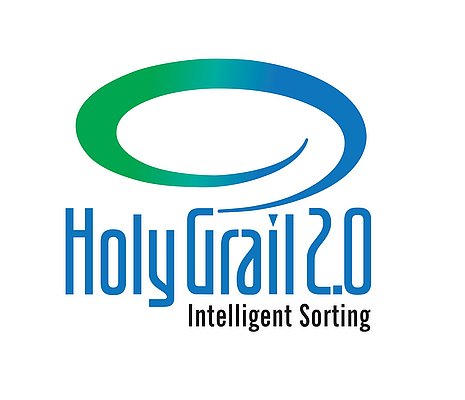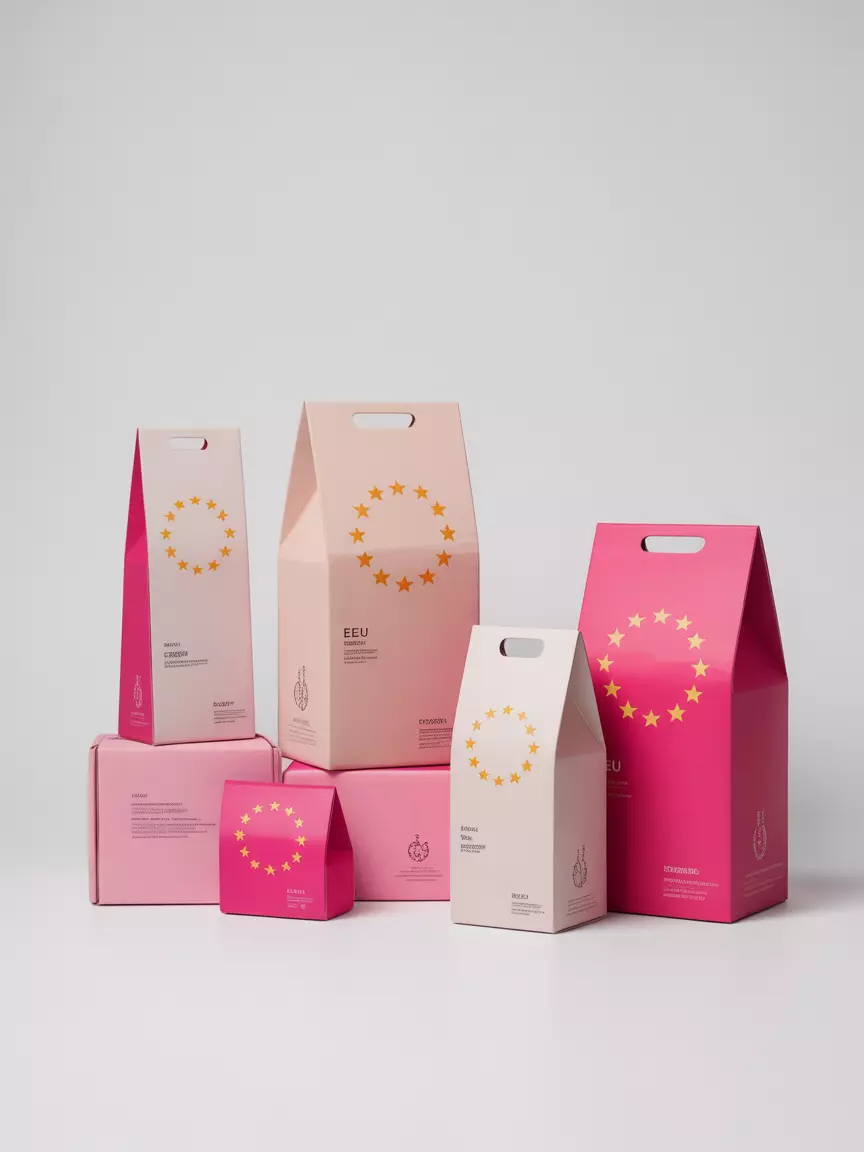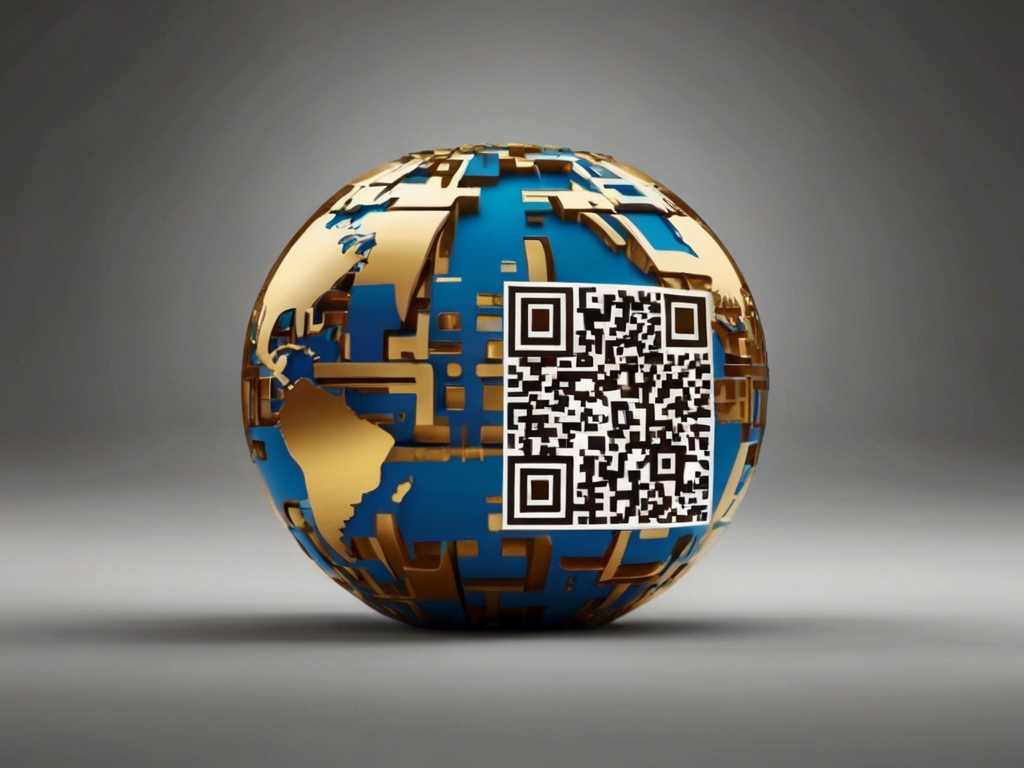
Walk the talk: green deal sustainability –
transparency in plastic recycling.
Environmental and climate protection are the most pressing global challenges of our age. Saving resources is the order of the day. The European Commission has responded to these issues with its Green Deal, setting standards for sustainable growth and paving the way for a circular economy with a plan of action.
Reusable or recyclable
All plastic packaging in the EU should be reusable or recyclable at low expense by 2030. The plan is for this new, sustainable plastic economy to work exclusively as a circular system.

With the Digital Watermarks Initiative "HolyGrail 2.0", the European Brands Association AIM (Association des Industries de Marque) drives a project with the aim of making packaging more easily sortable. Aware of their responsibility regarding sustainable packaging, Linked2Brands has joined the quest for the Holy Grail and is contributing its expertise and know-how in the role of an enhancing partner.
The HolyGrail 2.0 initiative is making use of the broad expertise of its various partners to look into digital watermarks as a possible solution. They want to find out whether this innovation could contribute to greater sorting efficiency and hence higher quality recycling for packaging in the EU. This technology should then set the circular economy in motion. After all, an efficient circular economy for packaging essentially relies on optimum sorting of consumer waste: the more homogeneous the packaging, the easier it is to recycle. Therefore, the crucial thing is to be able to identify the packaging material precisely, and digital watermarks are currently considered to be the most promising technology for this.
European Green Deal:
The European Commission launched its “Green Deal” – an extensive programme for better climate and environmental protection in the EU – in December 2019. The declared aim is to make the EU the world’s first carbon-neutral bloc by 2050. This will be achieved by reducing harmful emissions significantly and further promoting the circular economy in Europe. At the same time, economic growth is to be decoupled from resource use.
Invisible but highly effective
Digital watermarks are codes the size of postage stamps (imperceptible to the human eye) that are placed on the surface of consumer goods packaging. They can hold a large amount of information and attributes, such as manufacturer, type of plastics used, composition of multilayered items, use for food or non-food etc. The watermark information can be used along the whole value creation chain – from the manufacture to the reuse of the packaging. It makes the entire lifecycle of packaging transparent. When packaging with a digital

watermark arrives at a waste-sorting plant, a high-resolution camera on the sorting line can decode the information. The packaging is then sorted into the correct stream based on the transferred attributes. Being a strategic partner for enhancement services in the area of digital barcode solutions, Linked2Brands can utilise its expertise and experience in graphic packaging production to the full. The production agency is applying its know-how to actively support the (semi)-industrial HolyGrail 2.0 trials.
“We are contributing our collective specialist knowledge of data preparation as well as our experience along the whole packaging value creation chain to the HolyGrail 2.0 project. Responsibility for sustainability and resources has always been decisive in our work. Our role as an enhancing partner reflects this,” says Stefan Hilss, Managing Director Linked2Brands. “Establishing closed cycles is a very complex task that we can only solve if all stakeholders actively work together.“
HolyGrail 2.0 with its system of digital watermarks for sorting has created new options. The technology previously available fell short of the mark. To test the watermark technology’s ability to achieve accurate sorting, an industrial pilot facility is required as are scenarios to evaluate the system from an economic point of view. HolyGrail 2.0 brings together innovation, sustainability and digital technology to achieve the Green Deal objective of a clean, circular and carbon-neutral economy. More than 130 companies and organisations from the packaging industry encompassing the whole value creation chain have signed up to the initiative.



